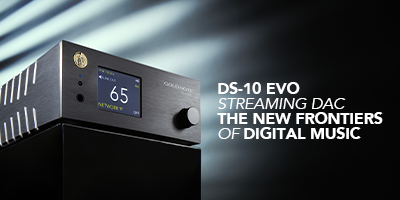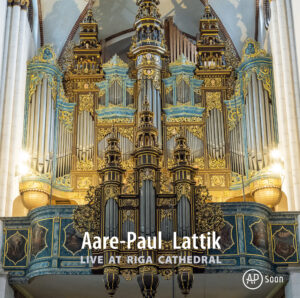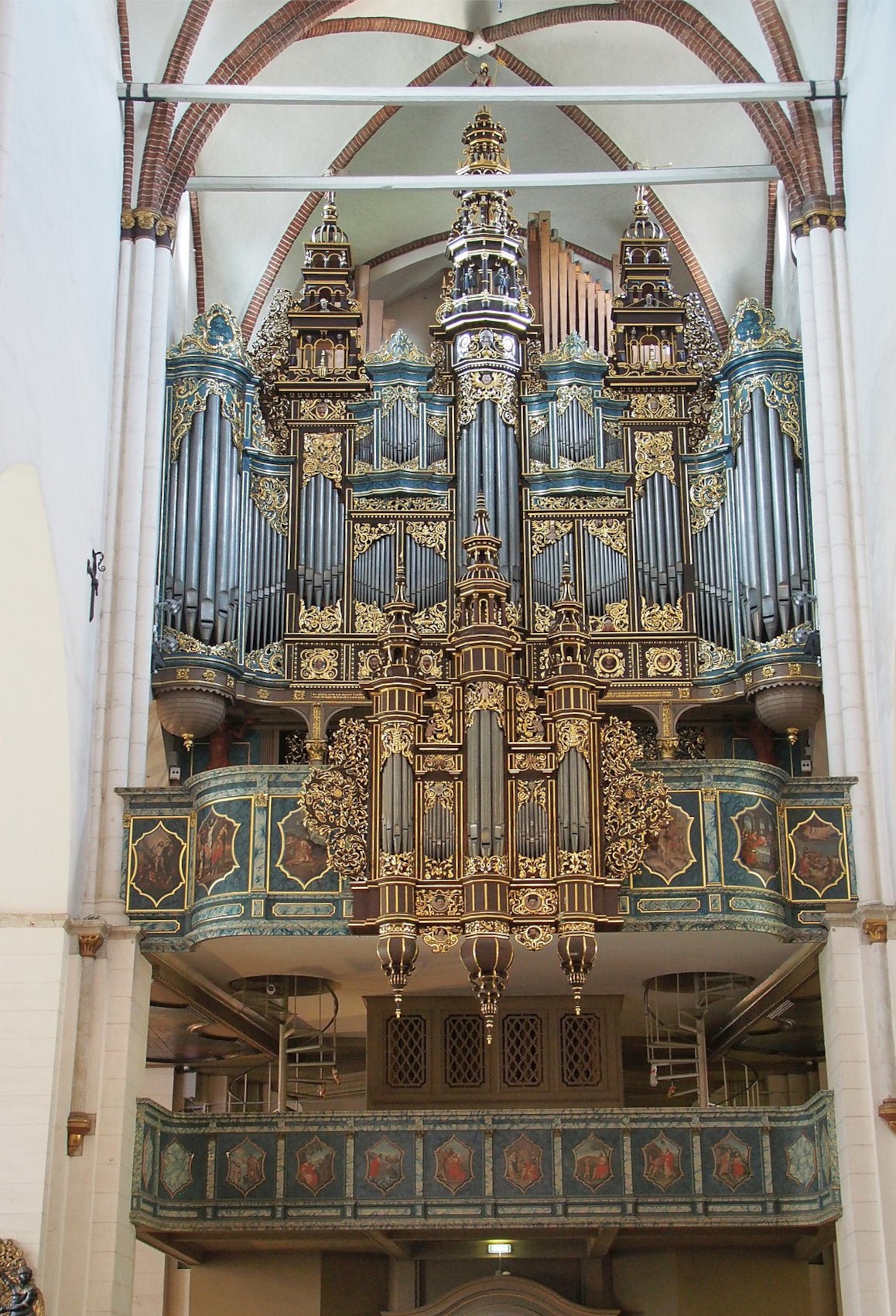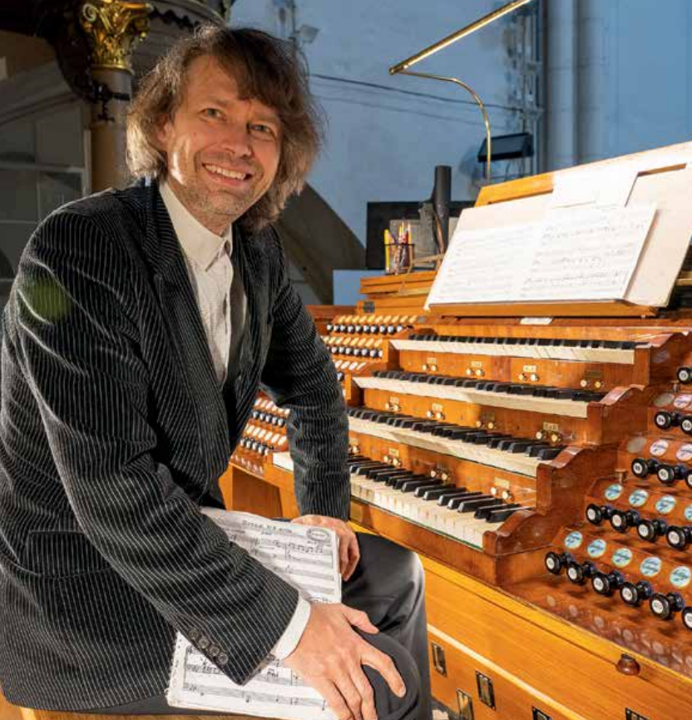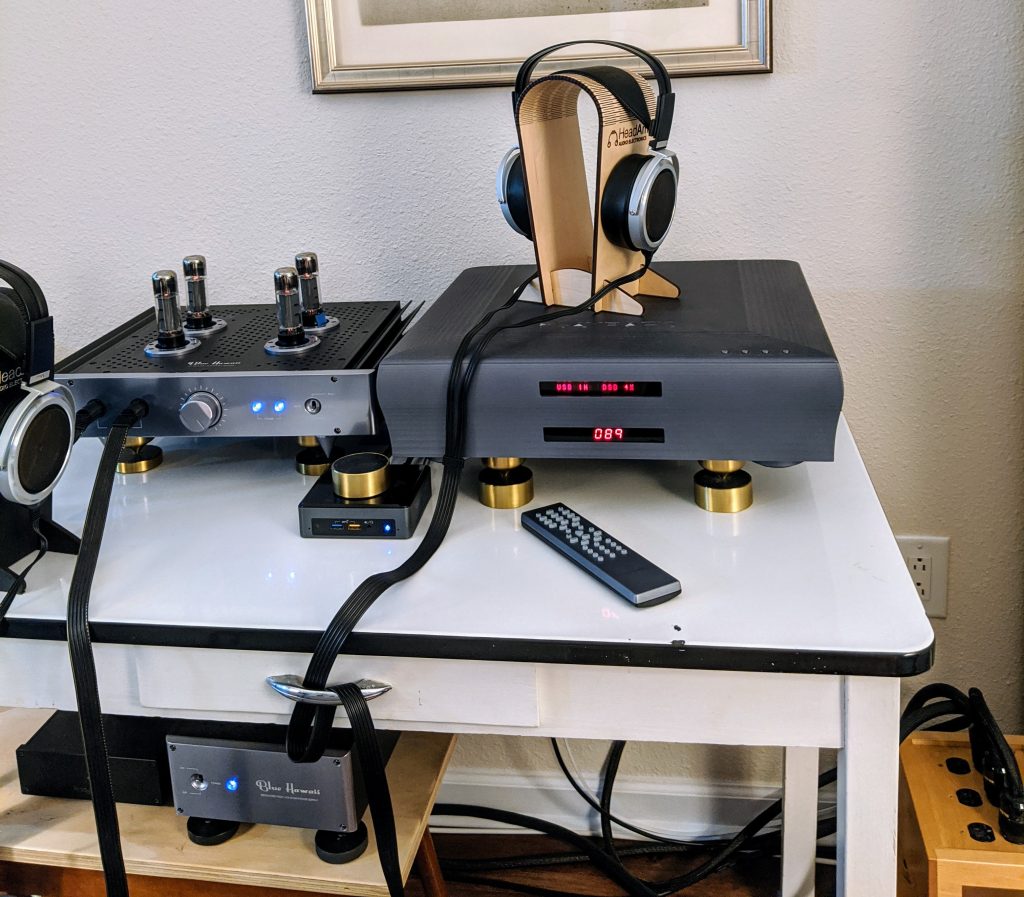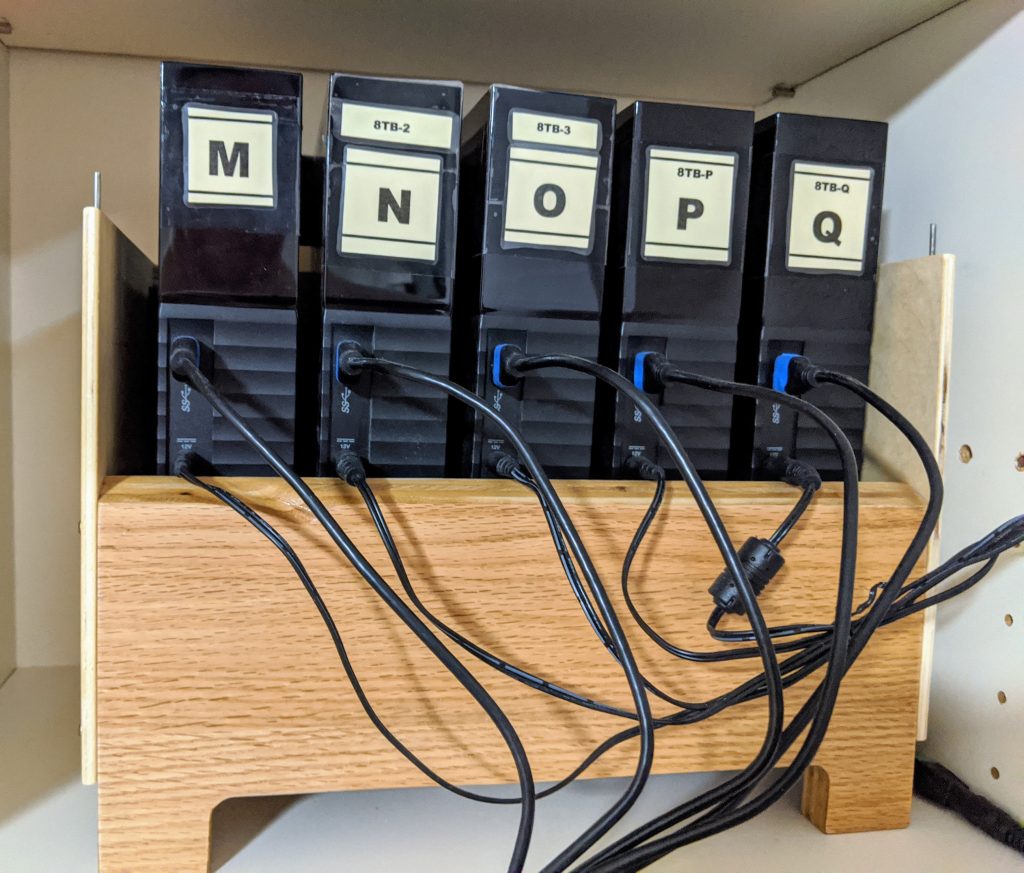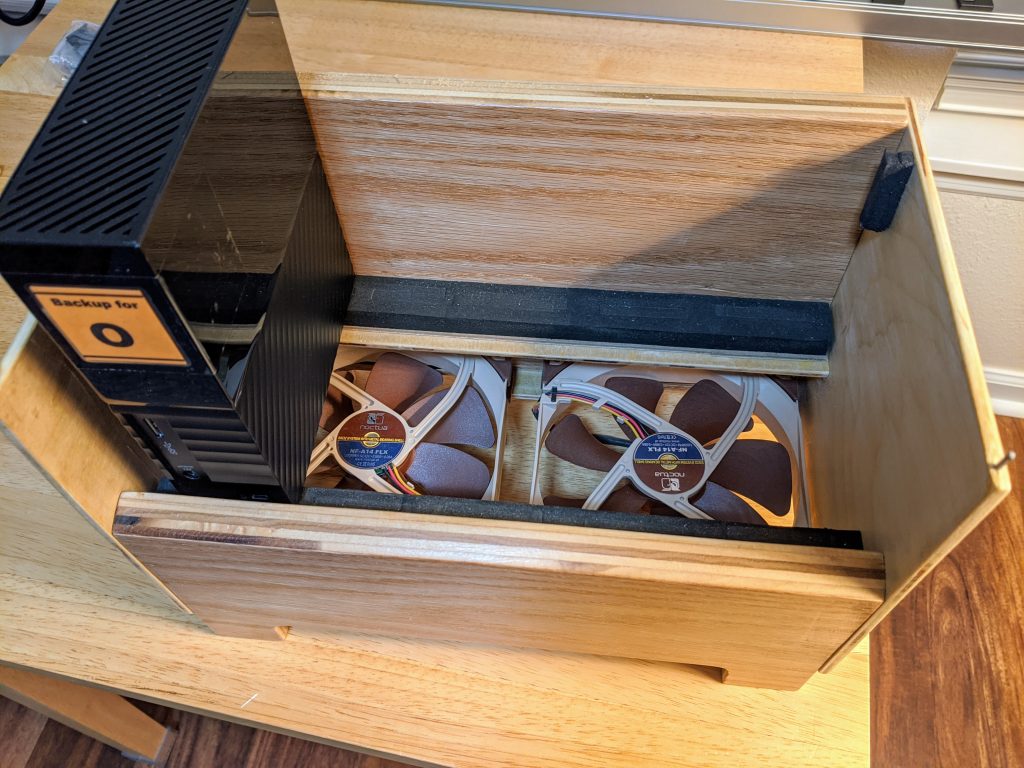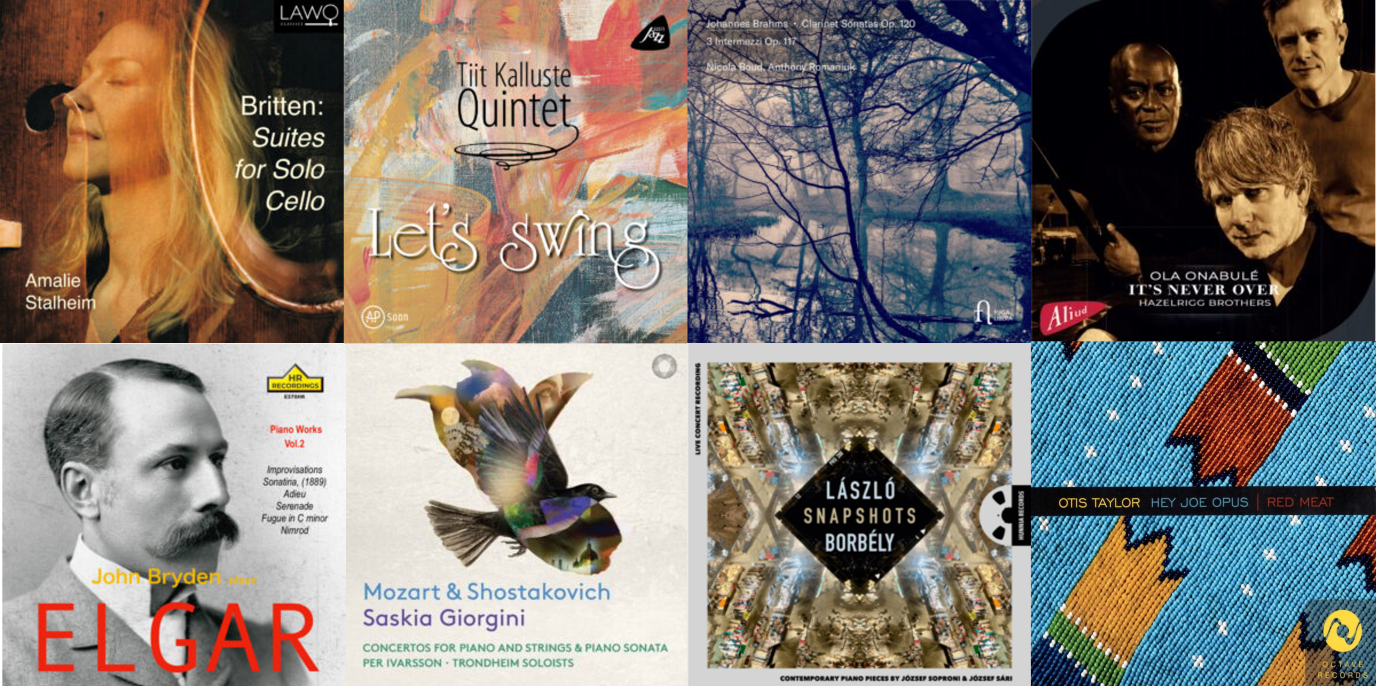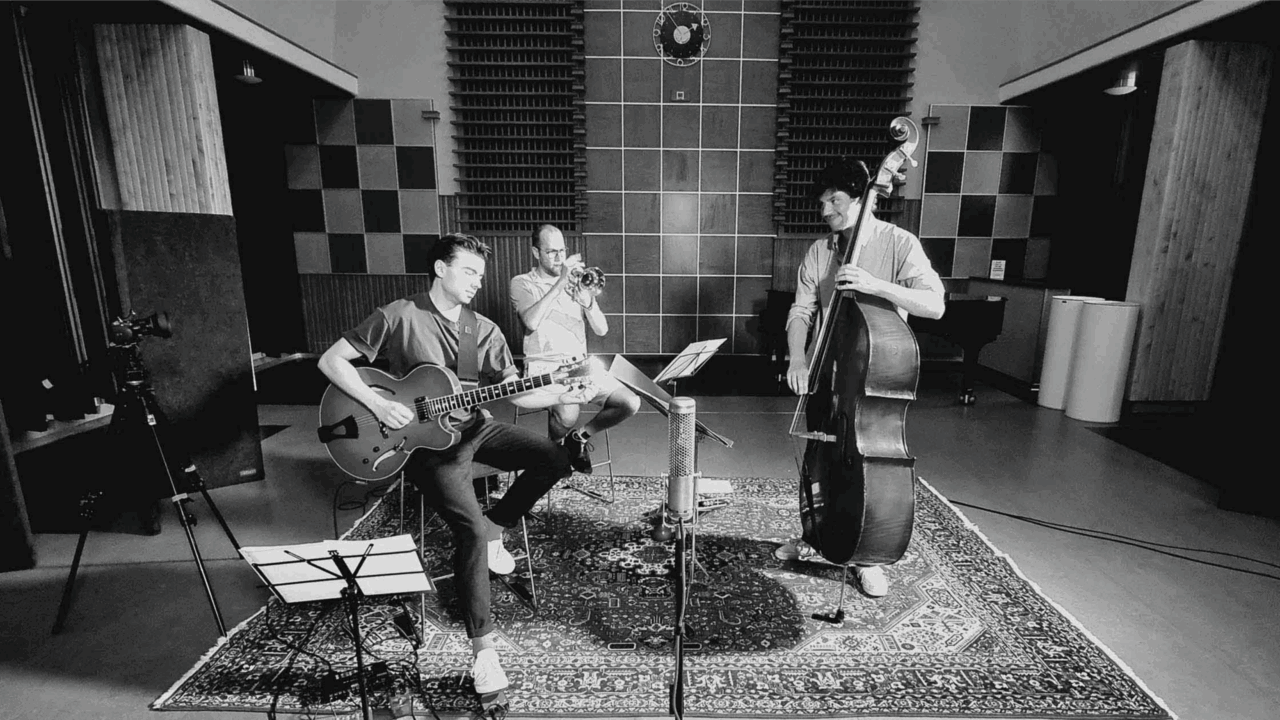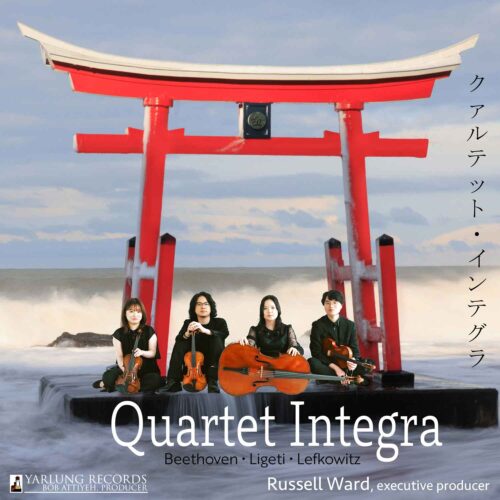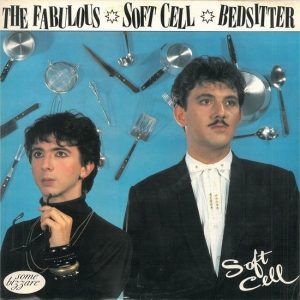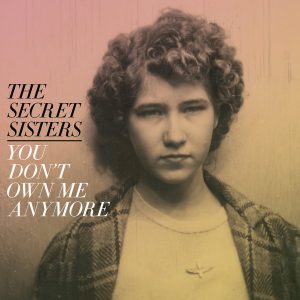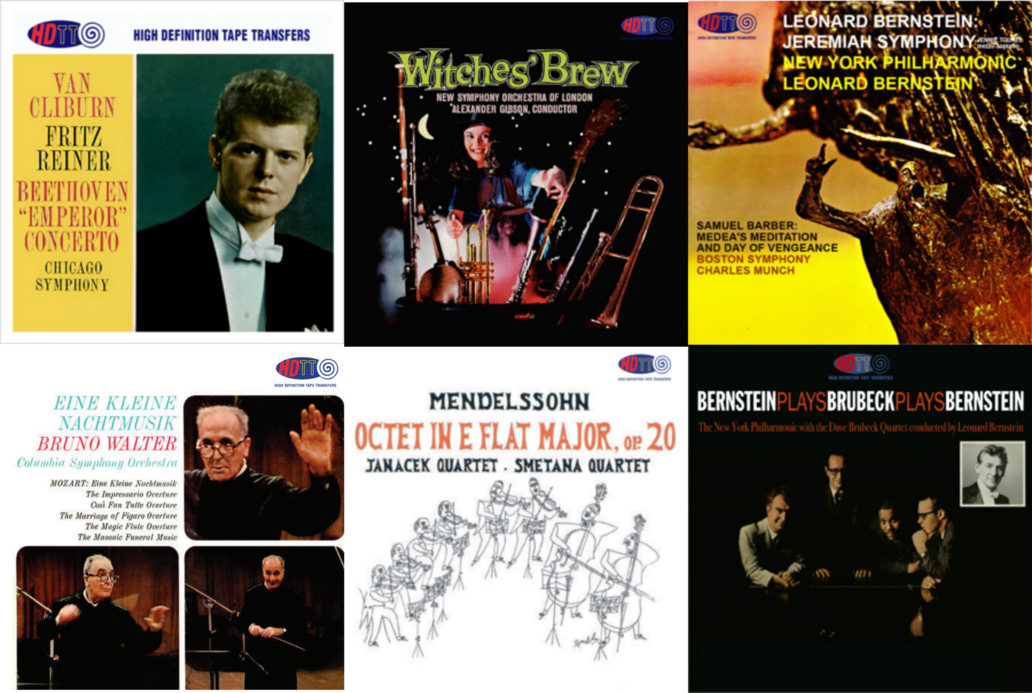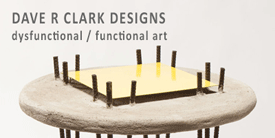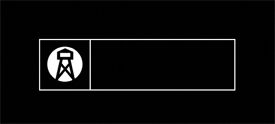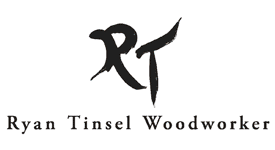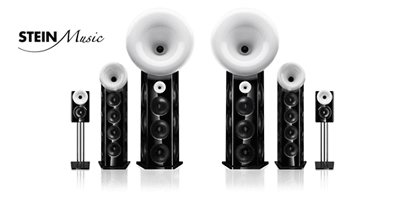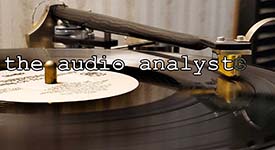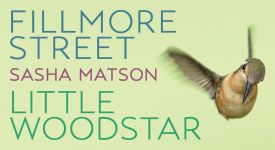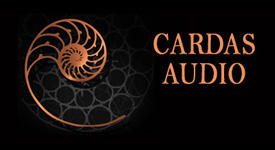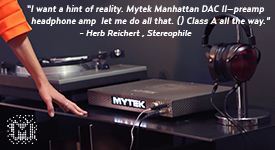This new release in the ongoing series of outstanding organ recordings from APSoon Recordings is their best yet. If you love great organ recordings, just get this now! It will blow you away.
Aare-Paul Lattik, Live at Riga Cathedral. APSoon Records 2025 (Pure DSD256) Edit Master Sourced HERE
This is the most recent release of organ music from the Estonian APSoon Recordings company founders, Aular Soon and Priit Kuulberg. I've previously written about their organ recordings HERE and have included many of them in my listing Pure DSD256: My Top of the Pile. If you've not heard them, you need to do so! This new release follows the high standards already set, and raises the bar. I think it is the best sounding of their series thus far.
In this album, organist Aare-Paul Lattik delivers a powerful, aurally stunning, live recital on the massive Riga Cathedral organ. His choice of registration engages the full resources of this immense instrument, with massively deep and impactful use of the 16' and 32' foot pipes with which this organ is endowed. If you are seeking a demonstration recording for your subwoofers, here it is. But, importantly, this is not just a mega-bass extravaganza. It is a well performed set of intriguing works by J.S. Bach, César Franck, and Alfred Karindi.
In the opening track, Lattik plays Bach's famous Passacaglia and fugue in C minor, BWV 582. And it is stunning—a demonstration track if ever there was one. The sound of the organ is full, rich, immensely dynamic, and deep, deep, deep. Did I say this has low bass? Not just low bass, it plumbs to the center of the earth with power.
The organ, reconstructed by Flentrop Orgelbouw of Zaandam, Netherlands, in 1982, has 124 stops, which sound from 6,718 pipes arranged on 26 wind chests. With three 32' pipes and eighteen 16' pipes, the low bass power of which this organ is capable is prodigious. Lattik make full use of them. For a complete summary of the organ's resources, see this Wiki article.
The Organ Sonata No. 3 (1944) by Latvian composer Alfred Karindi (1901-1969) is new to me. Apparently it is his best known and most frequently played work, but this is my first time with it. And a very nice first visit this has been. The second part, "Berceuse," is a lullaby that is often performed as a stand-alone work. The movements on either side are slower and conducive to improvisation, which Lattik provides with innovative modulations and changes in timbre.
The album's second track is the lovely "Cantabile" from César Franck's Trois pièces pour grand orgue, FWV 35-37. This is a lyrical and expressive movement. It's gentle melodic lines are enhanced by Lattik's choice of registration as he creates of performance of great color and expressive range.
Riga Cathedral Organ, photo by Hajotthu, CC BY-SA 3.0, HERE (edited to correct perspective)
With each new album by Aare-Paul Lattik from APSoon Recordings, I am more and more impressed by his artistic sensibilities and the choices he makes. This is now his third release from APSoon. I hope he will continue with many more.
Albums released on APSoon with organist Aare-Paul Lattik, HERE.

